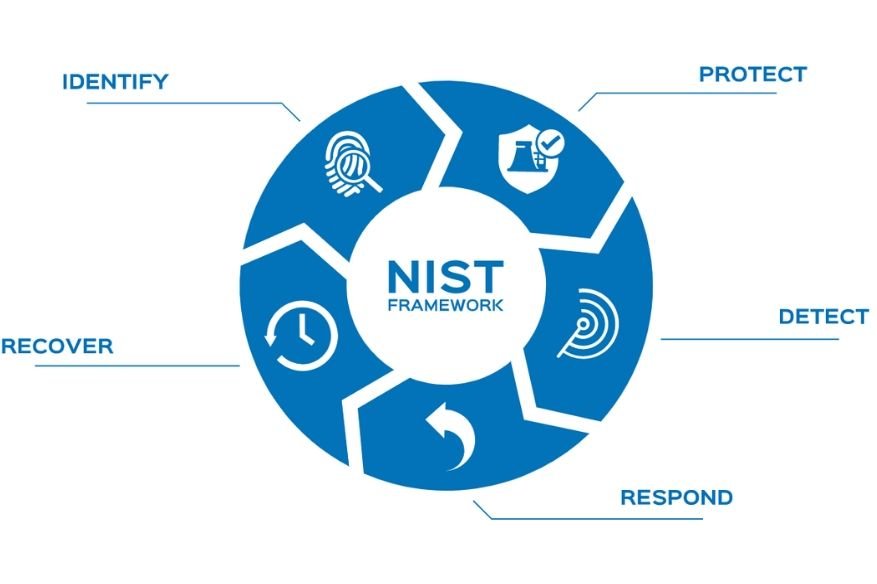NIST Cybersecurity Framework For Organizations To Follow

The National Institute of Standards and Framework for Cyber Security Framework (CSF) was released in February 2014 in response to the residential Executive Order 13636, which recommended a standard security framework for critical infrastructure.
The NIST CSF is recognized by many as a resource to enhance the security and management operations of public and private organizations. Although the NIST CSF is an excellent guideline, for changing organizational security and risk management from a reactive to a proactive approach can be a difficult part to research and implement.
If you are unable to adopt the NIST Cyber Framework, a brief overview and summary of this framework can help you speed up your transformation security.
Here is a brief summary of the NIST Cybersecurity Framework and detailed information:
The NIST CSF consists of four main areas. This includes features, categories, subcategories, and references. The terminology used for the NIST CSF is briefly explained below.
Functions
The NIST CSF is divided into five main functions. The functions are arranged simultaneously to represent the lifecycle of security. Every feature is very important for a security situation that works well and for successful cyber risk management. The definitions for each function are as follows:
1. Identify: Developing an understanding of the organization to manage the risks of cybersecurity in the system, assets, data, and functions.
2. Protect: Develop and implement appropriate safeguards to ensure the delivery of critical infrastructure services.
3. Detect: Develop and implement appropriate activities to identify the occurrence of security events.
4. Respond: Develop and implement appropriate activities for detecting security events.
5. Recover: Develop and implement appropriate resilience activities and restore capacity or services disrupted due to security events.
Categories and subcategories
With every feature stored in the image above, there are twenty-one categories and over a hundred subcategories. The subcategories provide a framework for each category with references to other frameworks such as COBIT, ISO, ISA, and others.
Tiers
The NIST CSF Tiers represent how well an organization views cybersecurity risk and the processes in place to mitigate risks. This helps provide organizations a benchmark on how their current operations.
- Tier 1 – Partial: Organizational cybersecurity risk is not formalized and managed in an ad hoc and sometimes reactive manner. There is also a limited awareness of cybersecurity risk management.
- Tier 2 – Risk-Informed: There may not be an organizational-wide policy for security risk management. Management handles cybersecurity risk management based on risks as they happen.
- Tier 3 – Repeatable: A formal organizational risk management process is followed by a defined security policy.
- Tier 4 – Adaptable: An organization at this stage will adapt its cybersecurity policies based on lessons learned and analytics-driven to provide insights and best practices. The organization is constantly learning from the security events that do occur in the organization and will share that information with a larger network.
Using the NIST Cyber Framework is a great way to normalize cybersecurity and managing your risks. It can also be used if your company has to compare its current security operations. If you need a quick self-assessment, try the CIPHER self-assessment that guides you through all the framework’s features, categories, and subcategories.
NIST CSF shows how companies perceive the risks of cybersecurity and existing processes to mitigate them. This helps organizations to position themselves on their current processes.
Also, Read